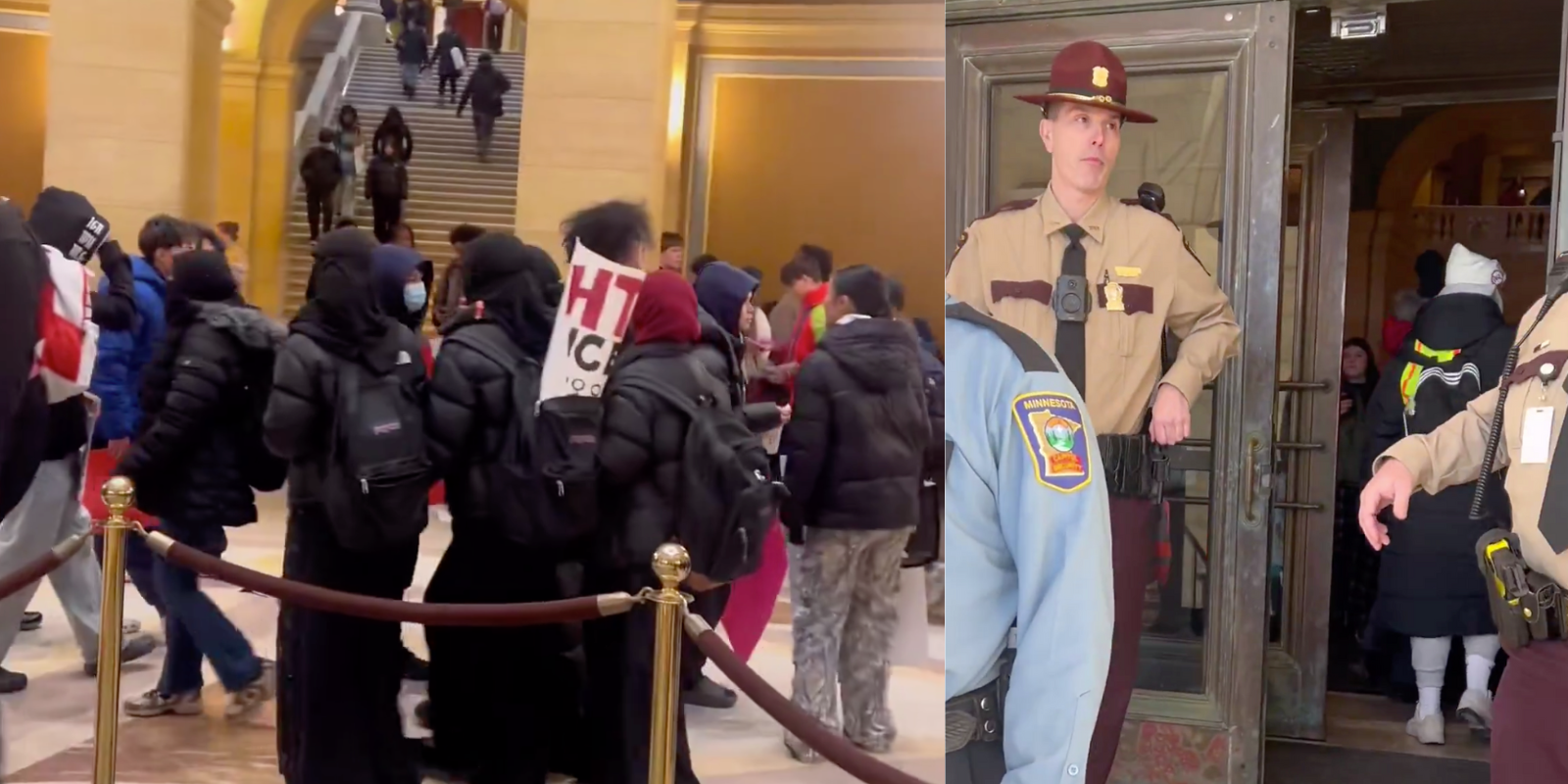Trump was right – although the popular narrative is that Russian President Vladimir Putin’s unlawful invasion into Ukraine was “unprovoked” this is not technically or historically true. The fault for the invasion is Putin’s alone, but the Biden-Harris administration and NATO bear some responsibility for its provocation.
Understanding this can guide U.S. policy makers in bringing a quick end to a costly conflict – ultimately cooling tensions currently fanning the flames of nuclear war.
For context, consider the Monroe Doctrine of 1823, when U.S. security policy established the Western Hemisphere as the United States’ sphere of interest and rejected the influence of other global powers. This included the Cuban missile crisis, when the Soviet Union built missile-launching sites in Cuba. The doctrine states: “We … declare that we should consider any attempt on their part to extend their system to any portion of this hemisphere as dangerous to our peace and safety.”
In 1990, with U.S. victory in the Cold War and the dissolution of the Soviet Union and Warsaw Pact, diplomatic gestures and political assurances by U.S. Secretary of State James Baker (and other Western leaders) created the impression that NATO would not expand east -- in exchange for Russian support of German reunification.
But, eastward expansion is exactly what NATO did, creeping ever closer to Russian borders.
Though no formal, legal guarantee was given to Soviet leader Mikhail Gorbachev, according to declassified U.S., Soviet, German, British and French documents, informal assurances, were “repeatedly” given then and again later, that NATO would move (in Baker’s words), “not one inch eastward.” More importantly, the documents show this is what the Soviet Union was “led to believe.” Although these assertions are hotly debated, a significant number of scholars, experts and practitioners agree.
Subsequent events point to Russia wanting cooperation and peace in exchange for security. For example, in the Budapest Memorandum of 1994, Russia guaranteed a free and independent state to Ukraine, along with the U.S. and United Kingdom, if Ukraine gave up nuclear weapons, the third largest nuclear arsenal in the world.
But in 1999, Western allies began turning former Warsaw Pact countries into NATO members, extending farther east –to Poland, Hungary, the Czech Republic, the Baltic States – all while Soviet leaders protested that the U.S. was in violation of a non-expansion arrangement. In 1997, Zbigniew Brzezinksi, U.S. National Security Advisor under former President Jimmy Carter and a fierce anti-Communist, even offered a detailed argument and timeline for NATO expansion, including Ukraine.
Almost a decade later, in 2008, President George W. Bush was told by advisors that Ukraine in NATO was considered a military threat and “redline” for the entire political class of Russia. International affairs expert Jeffrey Sachs explains, “It is exactly as if Mexico said, ‘We think it would be great to have Chinese military bases on the Rio Grande. We can’t see why the U.S. would have any problem with that.’”
But today, Biden-Harris and allies assert that Ukraine will become a NATO member. NATO has, in fact, added sixteen (16) new members since 1990.
George Kennan, U.S. Ambassador to the Soviet Union (1952) and author of U.S. policy for Soviet containment, gave a warning in 1997 that should have given today’s policymakers insight into the Russian psyche and response: “expanding NATO would be the most fateful error of American policy in the entire post-cold-war era … ”
Even in November 2021, at the brink of the Russian invasion, Putin told his foreign ministry to push for guarantees about Ukraine’s neutrality. Other concerns were the West’s supply of modern lethal weaponry to Ukraine, NATO military infrastruture and maneuvers close to Russian borders, and the presence of U.S. anti-missile defense systems in Romania and Poland. Putin asked for “legal guarantees” regarding neutrality because Western “verbal commitments” had not been kept.
In December 2021, as Biden protested Russia’s build up of military forces on Ukraine borders, Putin continued to demand legal guarantees.
Could Russian expansion, first into Crimea (2014) and then into four Ukraine provinces (2022), be considered (from the Russian point of view) self-defense?
Putin also saw opportunity in the destabilization of the Crimean government (which favored Ukraine’s neutrality) during the Obama adminsistration, and in a weak U.S. administration under Biden-Harris, invading Ukraine almost immediately after the disastrous Afghanistan withdrawal.
Today, Putin continues to ask for security guarantees regarding Ukraine’s neutrality.
Recognizing that NATO expansion provoked Putin’s (destructive) attempt to reestablish a zone along Russia’s western border should make it clear that sending U.S. weapons to Ukraine will not end the war, only escalate it. Moreover, Ukraine, full of government corruption and dependent on Western resources, is not NATO-ready.
Tragically, the false narrative that Putin wants “uncontrolled expansion to the west” has trapped NATO into a war that grinds on without end, sacrificing some 500,000 lives, weakening Europe, plunging the U.S. farther into debt, and driving Russia toward China, both of whom benefited from supposedly punitive U.S. sanctions.
Lasting peace can only come through U.S.-initiated negotiations, based on guarantees of Ukraine neutrality and non-expansion of NATO. Geographical concessions to Russia are likely while Ukraine gains back monetary concessions for the loss of territory, critical infrastructure, and life.
An estimated over 34,000 Ukrainian civilians and 200,000 Ukrainian forces have become casualities of this war. War is expected to continue to grind on, without a decisive victory.
How much longer until commonsense diplomacy and peace prevail?
Shea Bradley-Farrell, Ph.D. is a national security and foreign policy professional in Washington, D.C. and president of Counterpoint Institute for Policy, Research and Education. Follow her at counterpointinstititue.org or on “X” href="https://x.com/DrShea_DC">@DrShea_DC and href="https://x.com/CounterpointDC">@CounterpointDC.






